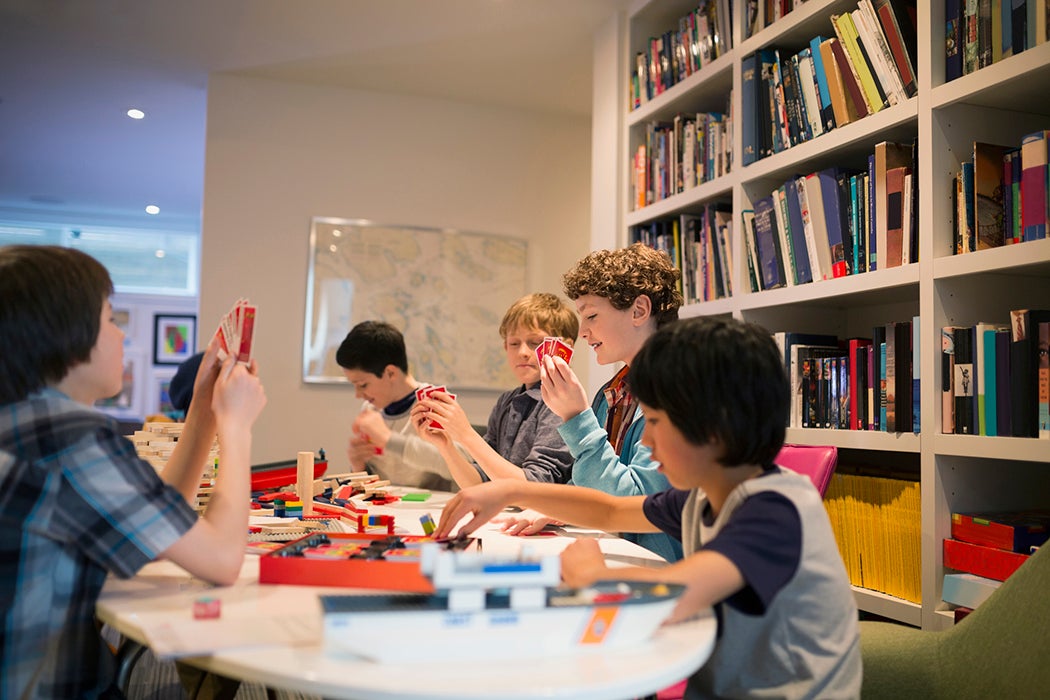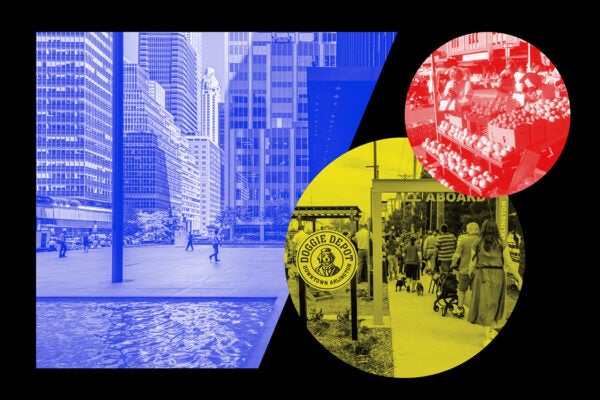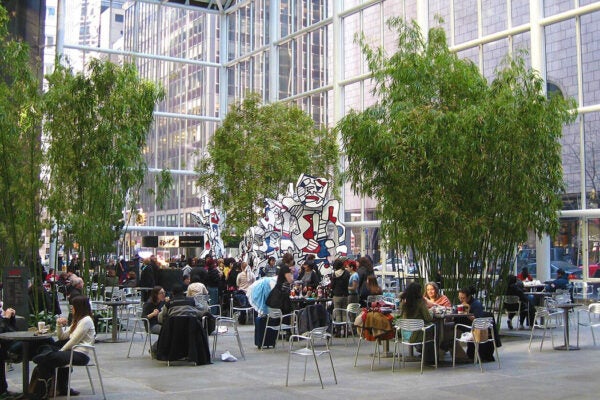Visit your local public library today and you may find rows of kids playing computer games, or even a couple of Xboxes. That might seem like evidence that libraries have drifted from a pure focus on the printed word. But, as gaming scholar Scott Nicholson finds, gaming at the library is a tradition that goes back to the 1850s.
In mid-nineteenth century Great Britain, the pattern of the industrial workday—solid hours of intense work followed by leisure time—meant many men spent their off-hours gambling and playing games in public houses. Social reformers responded by creating game rooms and billiard parlors at libraries, considered a more respectable setting for recreation.
In the United States, meanwhile, the idea of using libraries for recreation—even in the form of recreational reading—was a controversial idea. Some of the founders of the Boston Public Library, which opened in 1854, argued that it was inappropriate to buy popular fiction books. (They ended up losing that debate.)
But, Nicholson writes, even then games were part of some U.S. libraries. For one example, the Mechanics’ Institute Library in San Francisco, founded in 1854 to serve the city’s growing population in the gold rush years, housed a chess room from the start. Nicholson notes that the library is the home of the oldest chess club still existing in the U.S.
During the Great Depression, public libraries became a resource in a new kind of game—the puzzle contest. People competed to solve challenging puzzles, using library resources as references. The first large-scale contest of this kind, sponsored by Old Gold cigarettes, offered over $100,000 in prizes. The contest drew more than two million entries. With such fierce competition, public libraries were forced to set fifteen-minute limits on the use of dictionary lecterns.
Nicholson writes that a new public library service encouraging play flourished during the Great Depression. A Los Angeles dime-store manager noticed that kids were stealing toys from his store because their families couldn’t afford to buy them. He worked with a school principal to open the first lending library for toys. Toy libraries—either as freestanding institutions or as part of a public library or school—popped up around the country.
Mid-twentieth century libraries continued to became more focused on the needs of children. They built up their collections of games and created clubs and summer programs. Advocates argued for games in the library both as a way to entice kids into the building, where they could also find books that interested them, and as educational tools in their own right. Some libraries even created programs where children created their own games as a way to explore various subjects.
By the time electronic games entered the scene in the 1970s and ‘80s, the use of games in public libraries was well established.







